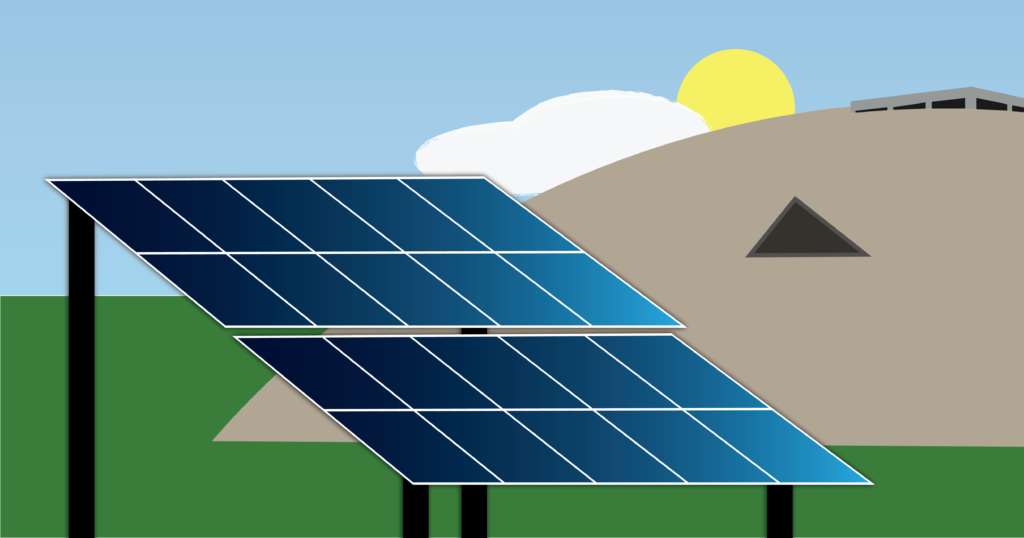Savion, a renewable energy company, plans to bring its Superior Solar Project to life by the end of 2023. The company hopes to bring a 149.7-megawatt solar energy farm to Marquette County to help educate the local community about the benefits of a renewable energy project.
According to the project’s homepage, they hope to bring Marquette County residents the opportunity to host a clean, environmentally compatible, renewable energy generation installation.
The solar farm will be located in Sands Township. Currently, over 2,300 acres of forest and plains are being considered for the project, but the panels will occupy only 1,500 acres. The SSP hopes to be in the construction phase as early as mid-2022 and in an operational capacity by the end of 2023. Savion estimates that the construction phase will bring in about 200 temporary jobs and a few full-time positions as well.
“As the developer of Superior Solar Project, Savion’s core business model is focused on the development of solar and battery storage across North America,” Courtney Timmons, development director of SSP, said.
Timmons and his team met with many local stakeholders and recreational groups to assist in designing the project around existing recreational resources in the area, to not disrupt Marquette’s activity-rich region.
Despite opposition from some members of the community, Dalton Gray, junior and environmental science major, felt that the project is a step in the right direction for the community.
“Michigan is a beautiful state known for lakes and nature, and it makes sense to me for us to be leading the path to a sustainable future,” Gray said.
Despite the numerous positives with this project, there have been concerns about how the solar farms impact the environment it is built upon. According to Gray, he has spoken to people voicing complaints at town meetings.
“I would ask that anyone against solar panels or sustainable energy try to research the topic in greater depth. There is a reason countries all over the world are converting to these forms of electricity on a massive scale, and it is because solar panels and wind turbines are cheaper, cleaner and more effective than fossil fuels.”
Gray expressed some concern about the health of the land the farms would be built upon, but was quick to defend its installation.
“Luckily, a lot has been done to ensure the safety of the area including multiple surveys of the wildlife, water table and vegetation that insure the safety of the installation,” Gray said, “My biggest issue was with clearing the forest from the area, but the land being leased for the project is a commercial forest, meaning the area is already being used for logging. My thought is that it is easy to replant jack pine trees, but it is much harder to pump carbon from the atmosphere.”
Solar farms typically last anywhere from 30 to 40 years, and the SSP has hopes to be around for at least 30 with no plans of expansion. It will work year round, including during Marquette’s characteristically harsh winters.
“Modern panels feature technology that uses bifacial modules on the front and rear side of the panels to absorb radiation to generate electricity. This means that the rear side of the modules absorbs sunshine radiation that is reflected from the ground,” Timmons said, “Snow can even help to emphasize the solar radiation absorbed from the ground. The snowfall in this area was key to the design and operational characteristics of this solar project. Solar projects at this latitude and even higher are commonplace, so this is not a unique situation by any means.”
To find out more about the Solar Superior Project, feel free to email their project team at [email protected].

























